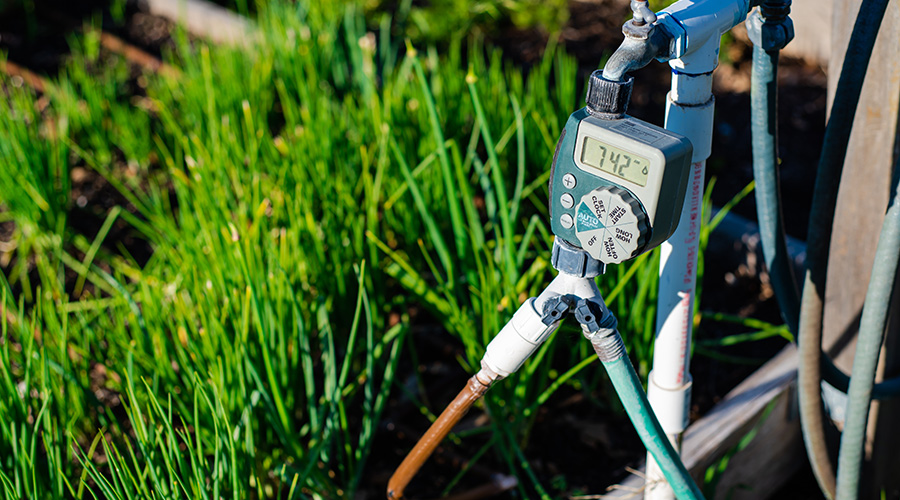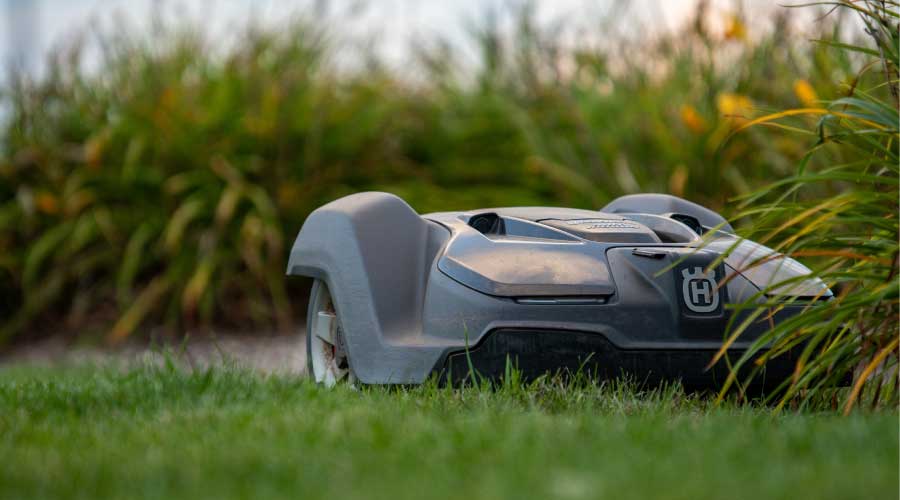Irrigation Systems: Design Should Incorporate Smart Controllers
Before specifying an irrigation system, managers need a professional design prepared by a certified irrigation designer. This design should incorporate the latest technology and most efficient irrigation methods. The design might come with an additional cost, but the long-term return on investment will provide greater benefits.
The system also should include a smart controller to take advantage of the many new technologies available within the system. Some of these technologies include flow-control valves, soil-moisture sensors, remote-control options, and on-site weather stations.
To save potable water, managers can recycle many water sources from buildings and grounds and use them in landscapes. For example, managers can recycle captured rainwater, blowdown water from boilers and cooling towers, recycled gray water, and even air-conditioner condensate.
Managers also can arrange to have treated water from a public agency conveyed to the landscape for non-potable landscape use. Reusing this water creates a net benefit to the local watershed by using the landscape as a filter and part of the natural water-treatment process.
Related Topics:














